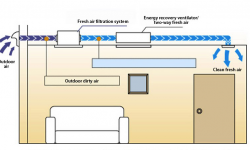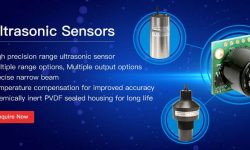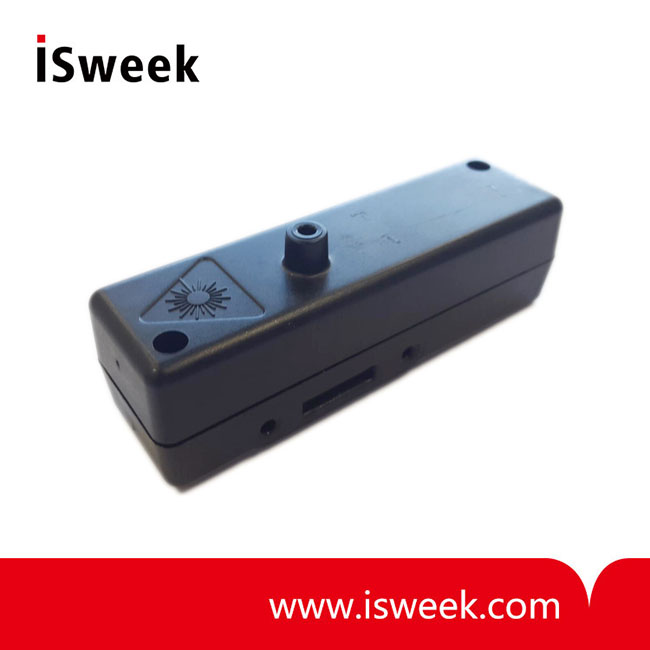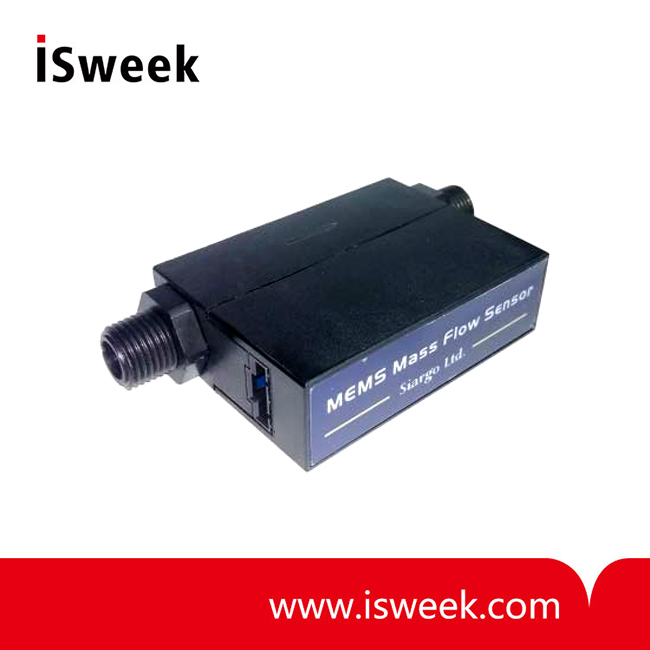Gas Sensors in Fresh Air Systems

A fresh air system is an independent air processing system consisting of a supply system and an exhaust system. These systems are categorized into ducted (with pipelines) and ductless (without pipelines) configurations. Ducted systems, which include a fresh air ventilator and pipe fittings, are ideal for industrial facilities or large offices due to their…















